Another Study on Peripheral Vasopressors
RebelEM
FEBRUARY 19, 2024
Background: Use of vasopressors is a common practice to support hemodynamics and optimization of tissue perfusion in patients presenting with shock. The 2021 Surviving Sepsis Campaign Guidelines suggest starting vasopressors peripherally rather than delaying infusion until a CVC is placed [2]. Not met in 16.7% Not met in 33.5%









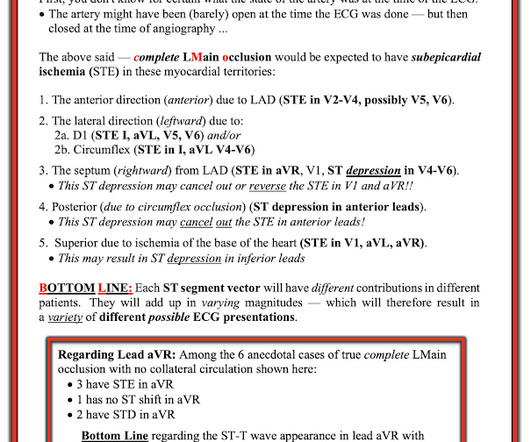



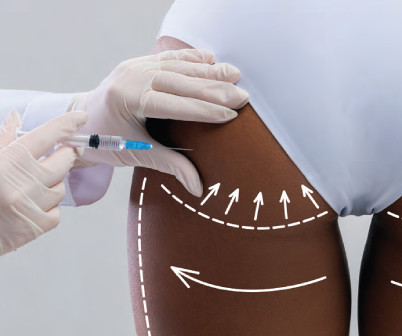


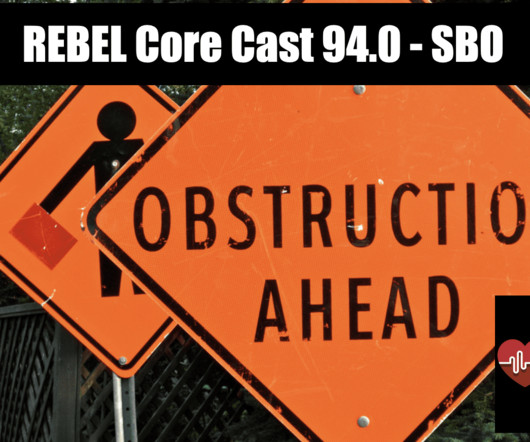











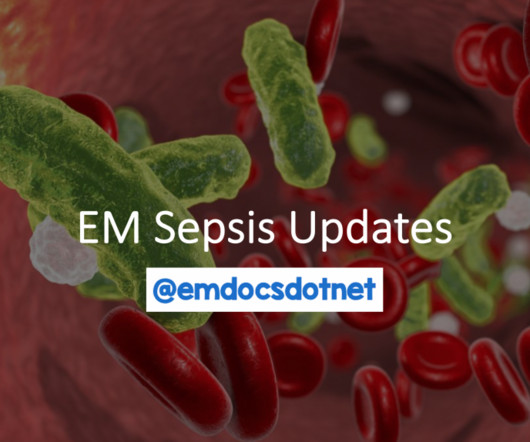



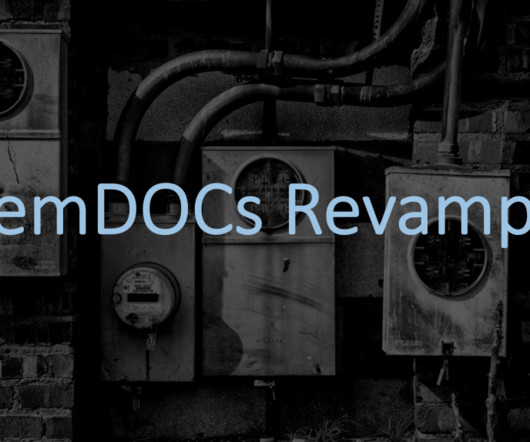


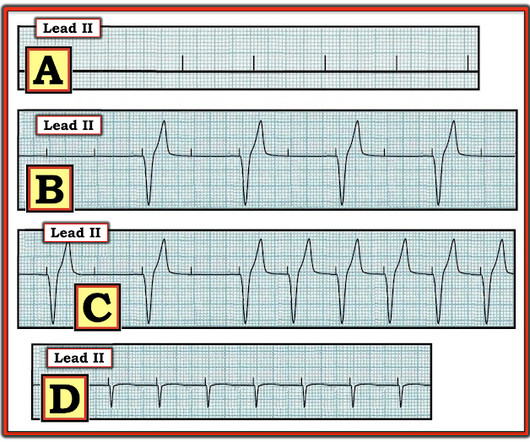
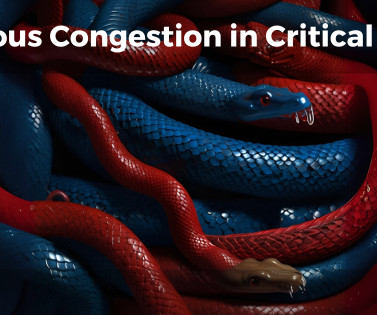







Let's personalize your content